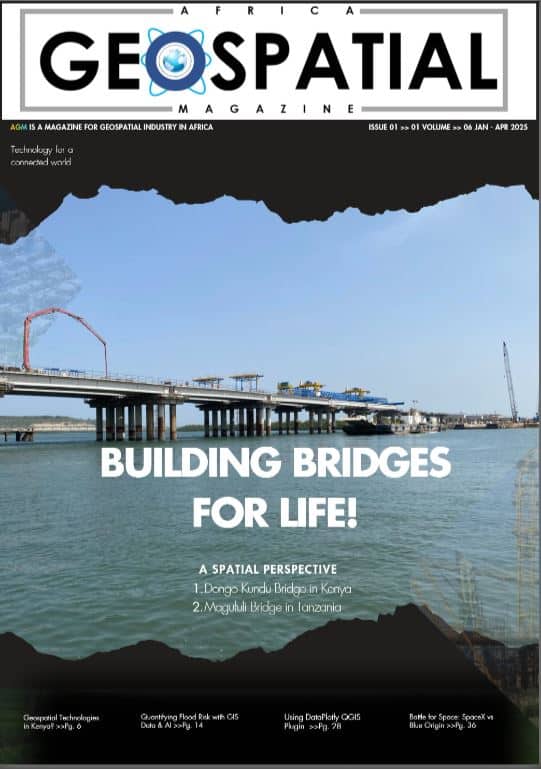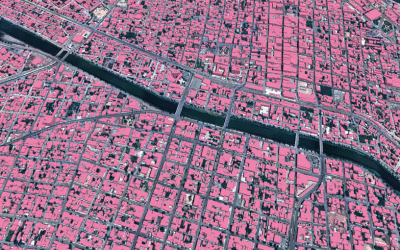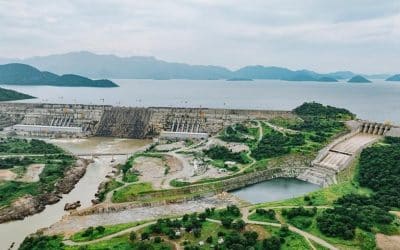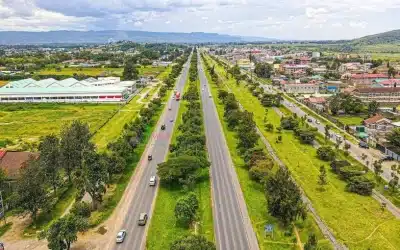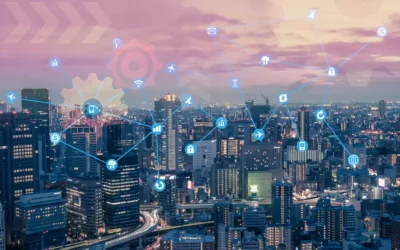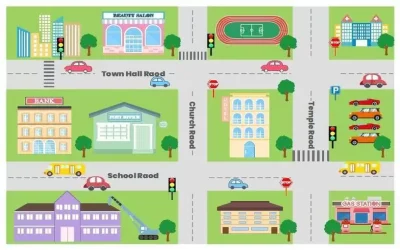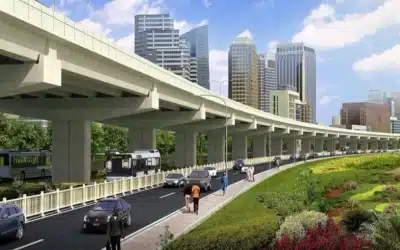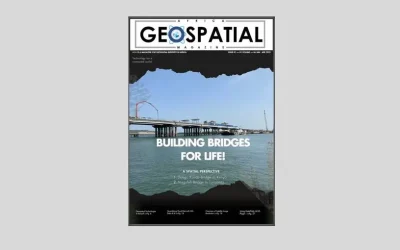Kenya Standard Gauge Railway (SGR) is one of the flagship projects of Kenya’s national development program ‘Vision 2030’, which aims to transform Kenya into an industrialized and middle-income country by the end of this decade. The commencement of the construction of Naivasha to Malaba SGR phase 2B extension is gaining momentum. Its completion is expected to significantly boost regional trade and integration within Eastern Africa region. Consequently, in December 2024 Kenya Railways advertised a tender for the Consultancy Services for Undertaking Relocation Action Plan (RAP) Study for The Proposed Construction of The Naivasha – Kisumu SGR (Phase 2B).
The SGR extension will traverse several counties including Narok, Bomet, Kericho, Nyamira, and Kisumu, before reaching Malaba at the Uganda border. This development is anticipated to be transformative for the agricultural, trade, tourism, and transport sectors in these regions. The extension of the SGR phase 2B from Narok to Kisumu has commenced, with the preliminary activities such as resettlement of those displaced by the project and survey works. Kenya is actively seeking funding to resume construction with plans to connect the SGR to neighboring countries including Uganda, the Democratic Republic of Congo, South Sudan and Rwanda.
The cost of SGR construction
The article published by Business Daily shows that Kenya has set sights on a Sh2.1 trillion plan to extend the Standard Gauge Railway (SGR) from Naivasha to Kisumu, Malaba and Isiolo by the end of June 2027. Based on the details obtained from the government plan, the State Department of Transport will build another 2,750 kilometres of the SGR at Sh2.1 trillion, a move that will push the total amount of money spent on the modern railway to more than Sh2.75 trillion.

The bulk of the financing for the additional kilometres of the SGR, approximately Sh232 billion ($1.8 billion), will be from external financiers while the rest will come from the Kenyan government. The cost of Phase 1 was about Sh460 billion ($3.6 billion) i.e. the Nairobi–Mombasa section whilst Sh194 billion ($1.5 billion) was used for Phase 2A (Nairobi–Naivasha).
Once completed, the SGR extension is poised to significantly improve freight and passenger transport, boosting trade, tourism, and regional integration.
It is also expected to enhance the development of key sectors such as agriculture and manufacturing in the western region, contributing to Kenya’s broader economic goals.
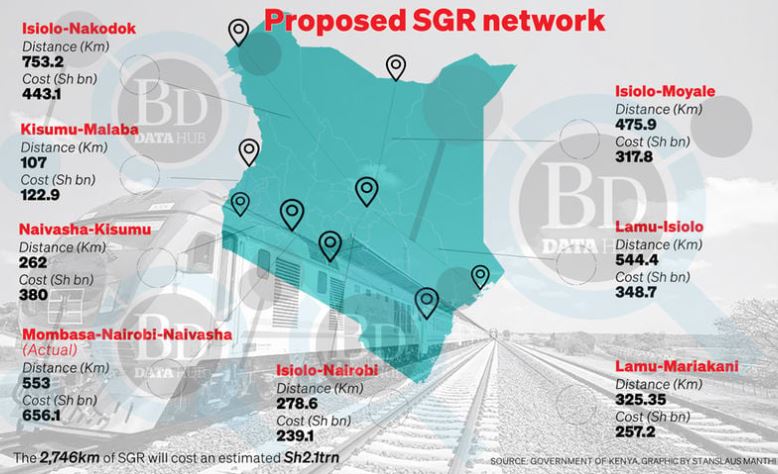
Employment opportunities
According to the information obtained from CCCC and CRBC, the construction of SGR Phase I employed more than 40,000 local workers and engaged more than 1,000 local companies, while Phase IIA created nearly 25,000 local jobs and engaged 157 local companies in subcontracting and cooperation. Between its inauguration in May 2017 and 31 August 2019, the Madaraka Express transported 3.4 million passengers with an average seat occupancy rate of 96.4%. The passenger train provides an on-time, affordable, and convenient alternative to road and air traffic between Nairobi and Mombasa, though there are complaints about malfunctions in the booking system and security checking arrangements. In the same period, SGR freight services transported more than 3.12 million tonnes of goods.
The local responses to SGR have been mixed, with many citing concerns about Kenya’s rising external debt. In what appears to be a supremacy battle, during SGR Phase I construction, the World Bank economists warned the Kenyan Government against taking excessive loans from China. In response, the Chinese officials downplayed the loans, arguing that the SGR would increase economic growth in Kenya. The records obtained from the Kenyan treasury indicates that in 2021, the debt to Chinese government and banks (approx. Ksh801 billion or $6.73 billion) accounted for 20.5% of Kenya’s total external debt (Ksh. 3.9 trillion or $32.76 billion).
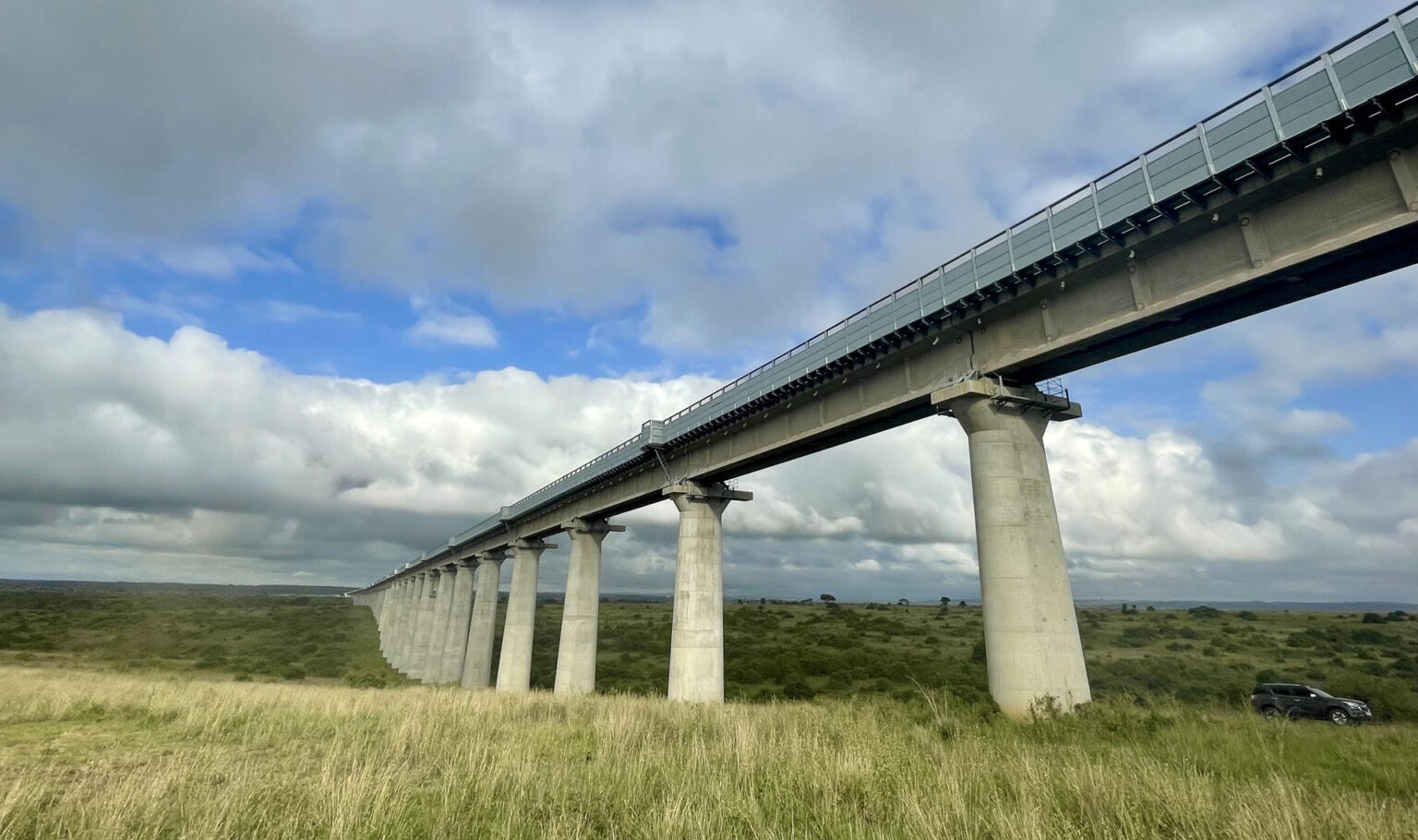
SGR project impacts
- Employment and labour relations: SGR construction created more than 65,000 local jobs, though most of these were temporary. While CCCC tried to train local employees, it was accused of mistreating local workers.
- Environment: The construction has had impacts on soil, water, and the wider ecosystem. A major environmental controversy is the fact the SGR Phase IIA traverses Nairobi National Park, a natural reserve and one of the country’s most famous tourism destinations.
- Governance: The planning and implementation of the project have been criticised for their opacity and lack of public participation. The fact that CRBC secured a procurement contract without an international bidding process violated Kenya’s procurement laws.
- Local responses: The local responses to the project have been mixed and include a collective anxiety about the national debt challenge and related sovereignty issues.
- Debt: The loan has raised concerns about Kenya’s external debt challenge. The opacity of the loan agreement has fed into narratives about ‘debt-trap diplomacy’ and led to false rumour that China was ‘taking over’ Kenya’s national assets.
Sources and References
-
Kenya Standard Gauge Railway (SGR): https://thepeoplesmap.net/project/kenya-standard-gauge-railway-sgr/
-
Kenya to invest Ksh.648B in SGR extension project: https://bit.ly/411aepv
-
SGR Inches Closer To Bomet: https://bomet.go.ke/sgr-inches-closer-to-bomet
-
KRC Consultancy – RAP for SGR (Phase 2B): https://docs.orbitalafrica.com/index.php/s/WxTeeN9rCTej6FG
GIS training courses catalogue: Here ++ | E-mail address: [email protected] | WhatsApp No: +254 719 672 296




